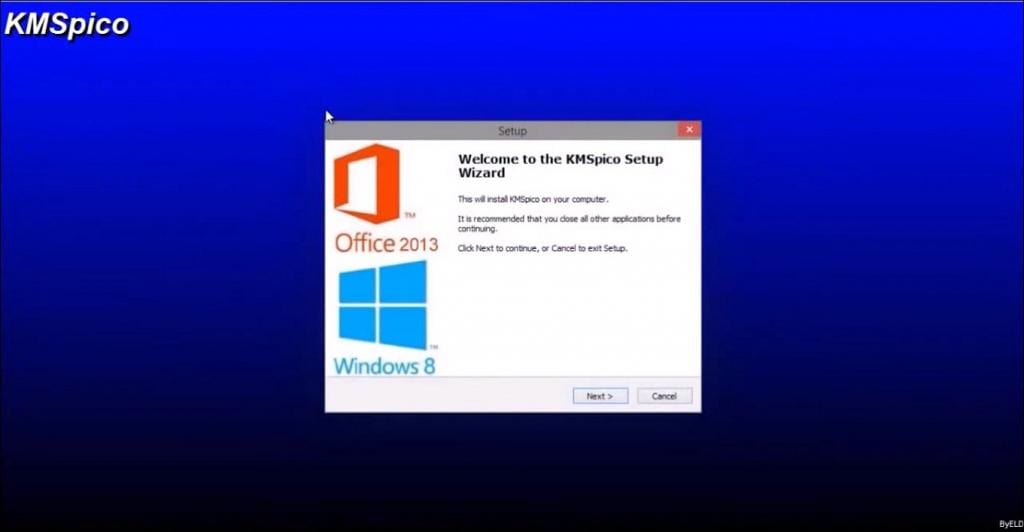

It’s also more lucrative since many businesses in the past have just skipped versions of Office: for example, a business using Office 2007 could skip an upgrade to Office 2010 and instead wait for Office 2013. Subscriptions are a more steady revenue model for them. Consequently, they have positioned Office 365 more prominently on their website than Office 2016. My take on the situation is that Microsoft is trying to encourage as many people as possible to break with tradition and sign up for Office 365. Instead, you get the impression that if you’re a business owner then Office 365 is your only option: For example, there are no perpetual licenses listed in the “Office for business” category on the supposedly comprehensive products page. And do you want to see a feature set of the Office 2016 suites? Good luck! You’ll soon find yourself lost in a maze of hyperlinks, desperately searching for information on Office 2016 but only finding page after page devoted to Office 365.

Instead of Office 2016 being displayed prominently on their website, you have to hunt down information about traditional, perpetual licenses of Office 2016. From the Office business website, you would get the impression that Office 2016 is just a feature within Office 365: In the past, the release of a new version of Office would have been accompanied with trumpets! Fireworks! Parades!īut from the look of things online, it would seem that Office 2016 is no big deal. It’s here! Office 2016! The latest version of a classic Microsoft product.


 0 kommentar(er)
0 kommentar(er)
